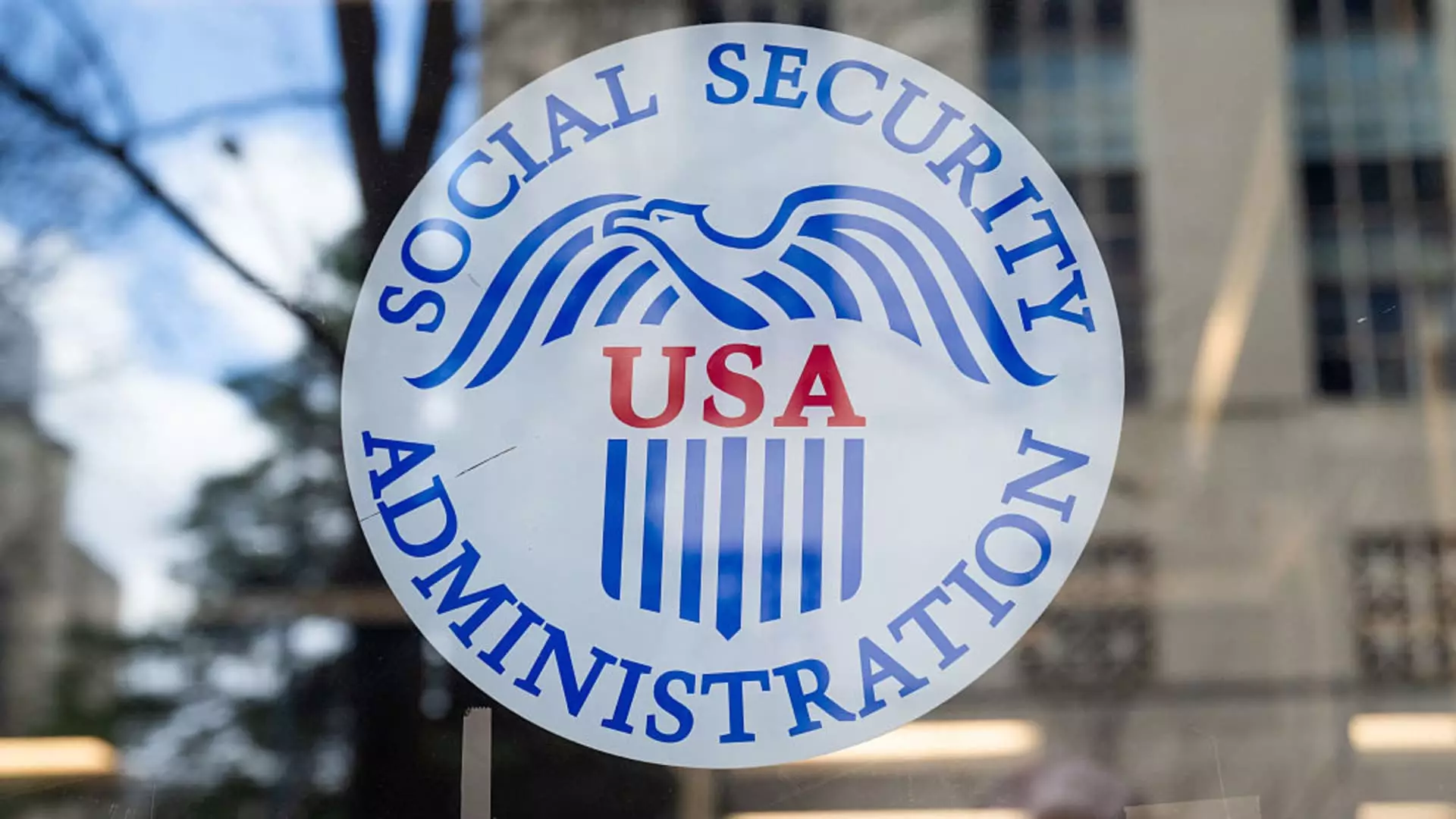In an era where economic stability is cherished more than ever, the recent radical transformations at the Social Security Administration (SSA) under the Trump administration’s initiative to boost “government efficiency” raise urgent alarms. For those not directly affected, Social Security may seem like an impenetrable bastion, always reliable and there when you need it. However, with the looming specter of significant staff cuts and regional office closures, this perception is being challenged, revealing a precarious reality for millions of American beneficiaries.
Becoming a beneficiary of Social Security is often accompanied by a mosaic of bureaucratic hurdles. These changes, endorsed by an administration that has outwardly pledged to safeguard these benefits, seem contradictory and increasingly reckless. As administration officials promise to enhance efficiency, they simultaneously reduce manpower, complicating access to essential services for countless vulnerable individuals who rely on these benefits. If anything, they’re eroding the very safety net that Americans hold dear.
The Efficiency Myth
The administration’s approach can be described as a hasty move towards modernization. While updates to legacy systems are indeed overdue, the timeline set forth by the Department of Government Efficiency (DOGE) appears alarmingly rushed. The plan to shift “tens of millions of lines of code” from the archaic COBOL programming language in a matter of months suggests a neglect of due diligence and a perilous underestimation of what is required for such a monumental transition.
Industry experts, especially former SSA officials who understand the complexity of these systems, have raised legitimate concerns about the possibility of system disruptions. Jason Fichtner, a former deputy commissioner at SSA, has stated that the urgency of this overhaul could jeopardize the benefits of current recipients. Fast-tracking such extensive changes overlooks the critical testing phases that allow for the identification of bugs and systemic issues before full implementation.
Underestimating Consequences
The most troubling aspect of these rapid changes is the potential for service disruptions that could directly affect the most vulnerable among us—individuals with disabilities who may already be living on the brink of poverty. Waiting for benefits often becomes a life-or-death scenario, and with SSA’s operations being hampered by staff reductions and poorly handled system upgrades, the repercussions can be grim. This is not merely a bureaucratic inconvenience; it’s a tangible threat to the livelihood of millions who rely on these benefits for their basic needs.
Adding insult to injury, experts argue that the focus on eliminating fraud within the agency draws attention and resources away from more pressing issues, such as the impending depletion of trust funds. As the clock ticks down to projected exhaustion dates, misguided efforts to root out insubstantial levels of fraud are not just miscalculated—they are potentially catastrophic. Experts warn that these erratic decisions could hinder necessary reforms that Congress must undertake to avert a more imminent financial catastrophe.
The Illusion of Improved Financial Trajectory
While proponents of DOGE’s initiatives assert that these changes will lead to a more streamlined and efficient SSA, the reality presents a differing narrative. What the government often misses is that the administrative costs associated with the SSA make up less than 1% of its total outlays. Channeling energy and resources into superficial administrative tweaks will hardly address the root financial issues confronting Social Security.
Charles Blahous, a seasoned voice within Social Security policy, points out that significant reforms require a much broader lens than administrative updates. The bureaucratic apparatus at the SSA is not the crux of the problem; rather, it’s the looming budgetary shortfalls and the insufficient legislative action that give rise to uncertainty. Redirecting focus away from these looming threats could not only complicate immediate operations but may also prevent essential reform from taking place.
A Looming Crisis
The recent projections indicating that the combined retirement and disability trust funds might last until 2035 speak volumes about the urgency of addressing these structural issues. Should Congress fail to act in a timely manner, we could see a scenario where only 83% of promised benefits would be payable which, for many, is simply unacceptable.
What is needed now is not just a managerial overhaul focused on efficiency, but a robust discussion about the program’s future stability. The path forward must include both operational diligence and a resolute commitment to reforming systemic fiscal weaknesses. Time is of the essence, and America must prioritize a sustainable framework that honors the promises made to its citizens, ensuring that Social Security remains a reliable program for all those who have earned it.

